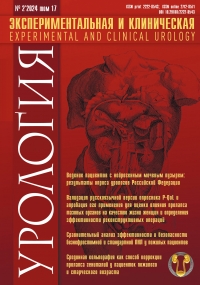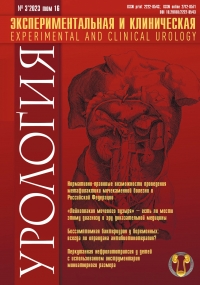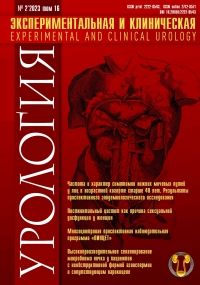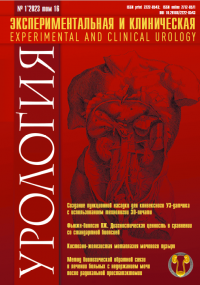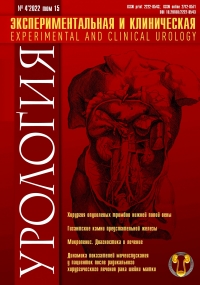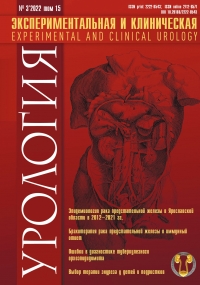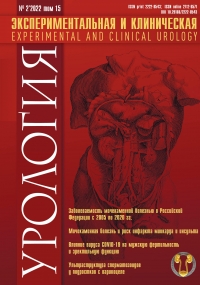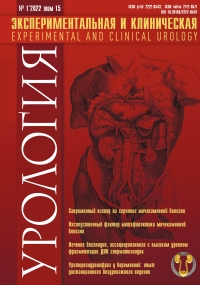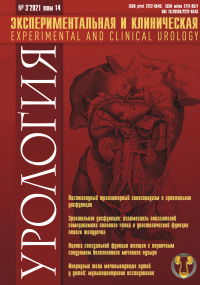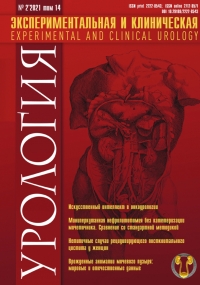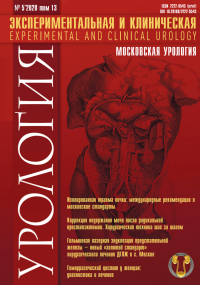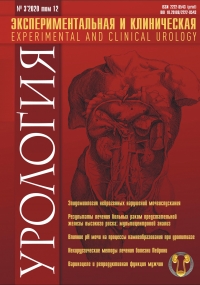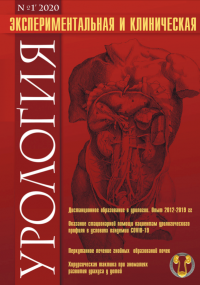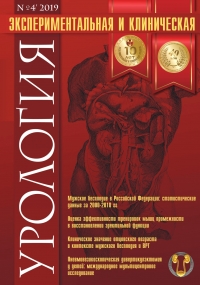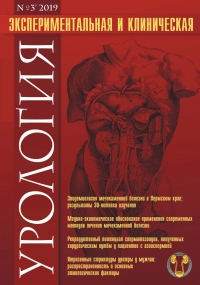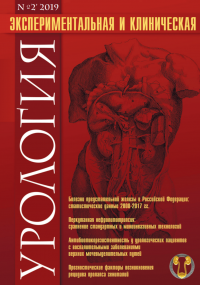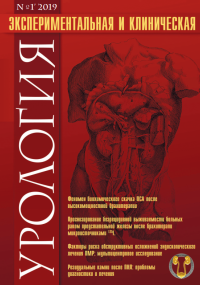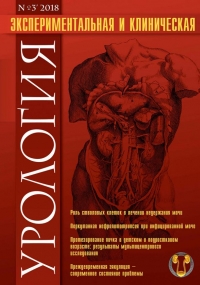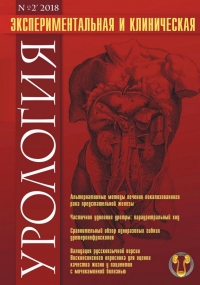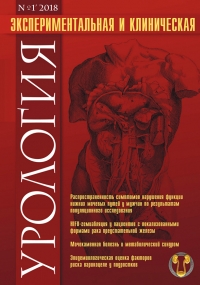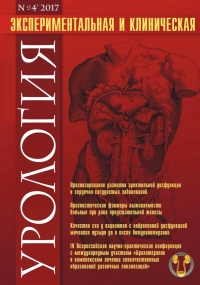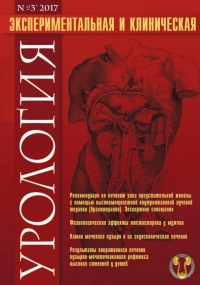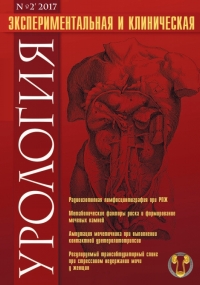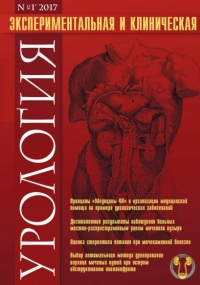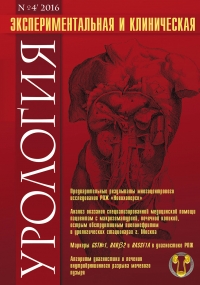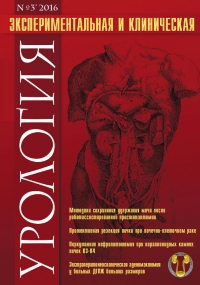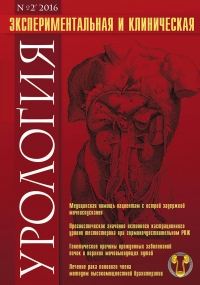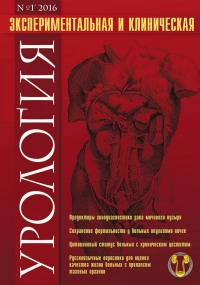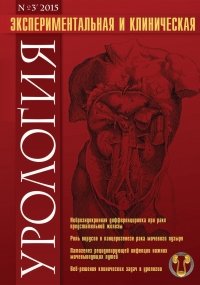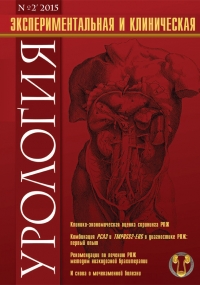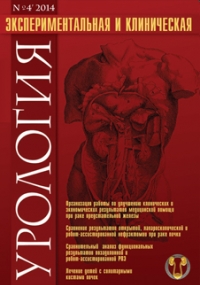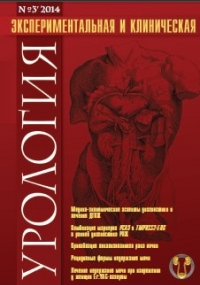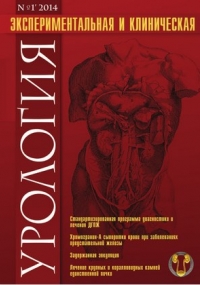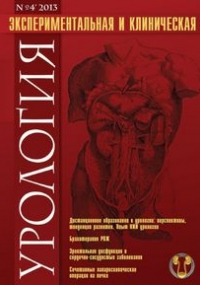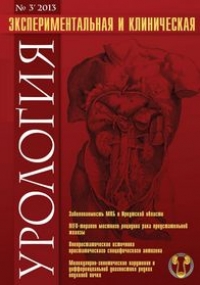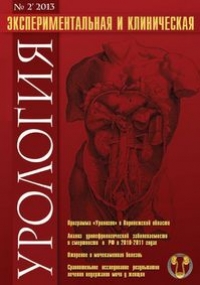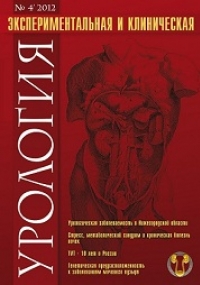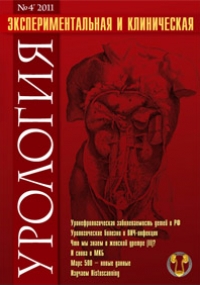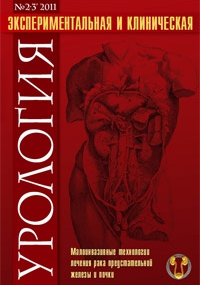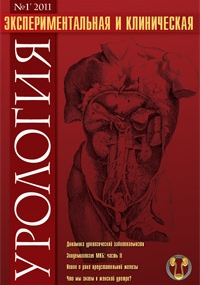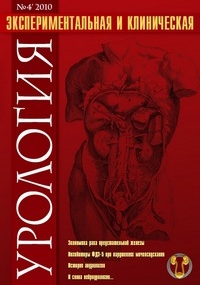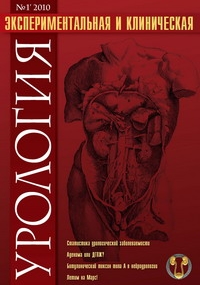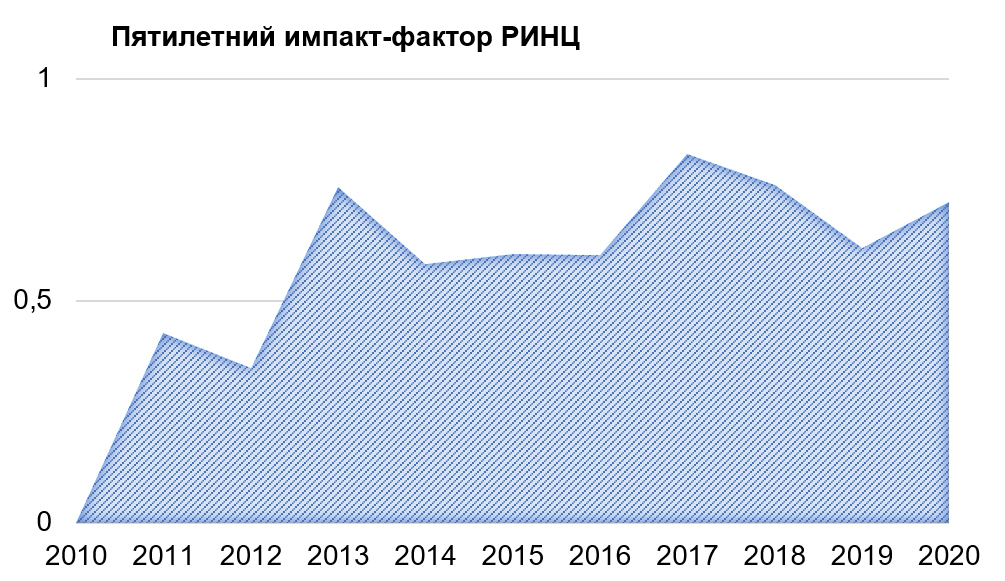A method for creating a varicocele model in a chronic experiment DOI: 10.29188/2222-8543-2024-17-3-15-22
- Tsukanov Yu.T. – Dr. Sci., Professor, Department of Surgical Diseases and Urology, Omsk State Medical University; Omsk, Russia; RSCI Author ID 620260, https://orcid.org/0000-0001-5742-0231
- Maslyukov A.V. – Assistant, Department of Surgical Diseases and Urology, Omsk State Medical University, Omsk, Russia; RSCI Author ID 1243403
- Telenkov V.N. – Dr. Sci, Associate Professor, Head of the Department of Anatomy, Histology, Physiology and Pathological Anatomy, Faculty of Veterinary Medicine, Institute of Veterinary Medicine and Biotechnology, Omsk State Agrarian University named after P.A. Stolypin; Omsk, Russia; RSCI Author ID 449366
- Lubyagina E.V. – Clinical Resident, Department of Oncology, Radiation Therapy, Omsk State Medical University; Omsk, Russia
- Tsukanov A.Yu. – Dr. Sci, Professor, Head of the Department of Surgical Diseases and Urology, Omsk State Medical University; Omsk, Russia; RSCI Author ID 469942, https://orcid.org/0000-0001-5742-0231
 7
7 Introduction. Varicocele is diagnosed in every seventh teenager over 15 years of age, and in total up to 15% of all men suffer. The connection between varicocele and male infertility has been poorly studied, however, spermogram abnormalities in infertile men with varicocele can vary from normozoospermia to complete azoospermia. This determines the relevance of further study and creation of experimental animal models of this disease in order to study the mechanism of its occurrence, the pathophysiology of the conditions associated with it, as well as addressing the issue of prevention and treatment.
Purpose of the study: to create a model of persistent varicocele in a laboratory animal in a chronic experiment.
Materials and methods. In a chronic experiment, 20 male rabbits were used, randomized into 2 groups: group 1 (control group, n=10) – animals in which a varicocele model was created by narrowing the lumen of the left renal vein by 1/2-2/3 of the original diameter. Group 2 (n=10) – modeling of varicocele by nar- rowing the lumen of the left renal vein by 1/2-2/3 of the original diameter and daily intramuscular injection of gonadotropin 300 units/kg body weight and 0,2 ml of 1% progesterone solution, starting from the first preoperative day. The duration of the course of drug treatment was 10 days. The criterion for creating a varicocele model was considered to be registration during duplex angioscanning of an increase in the diameter of the veins of the spermatic cord by 2 times from the original/the very fact of their visualization/registration of a reflux wave of blood lasting more than 1 second.
Results. In all cases, by the 14th day, dilated spermatic veins were detected in rabbits and reflux was recorded from them. The maximum dilation of the veins was recorded in group 2 after 30 days (up to 2,1 mm), while in the first group, in 2 individuals, according to Doppler echo data, on the contrary, dilation of the veins and reflux were no longer detectable. The general trend of the effect is consolidated at the 8th week of observation – with continued dilation of the veins and the presence of reflux in the second group, the diameter of the spermatic veins returns to their original diameter in the control group – in 7 individuals the diameter of the veins is not determined, and in all 10 animals venous reflux is not recorded. At 12 and 24 weeks of the experiment, in all animals of the control group (group 1), the blood flow was compensated and measurement of the diameter of the spermatic veins and registration of reflux again became unavailable, while in the second group the effect of gonadotropin and progesterone is confirmed by relatively stable figures for measuring the diameter of the veins and the presence venous reflux in 10 cases.
Conclusions. The proposed model is effective and can be used in a chronic experiment for up to 6 months or more to study the influence of venous congestion of the spermatic veins on the occurrence and course of pathological processes in the testis. And also to study the effectiveness of potential therapeutic effects both on the varicocele itself and on the pathological processes occurring against its background and in connection with it.
| Attachment | Size |
|---|---|
| Download | 1.24 MB |


